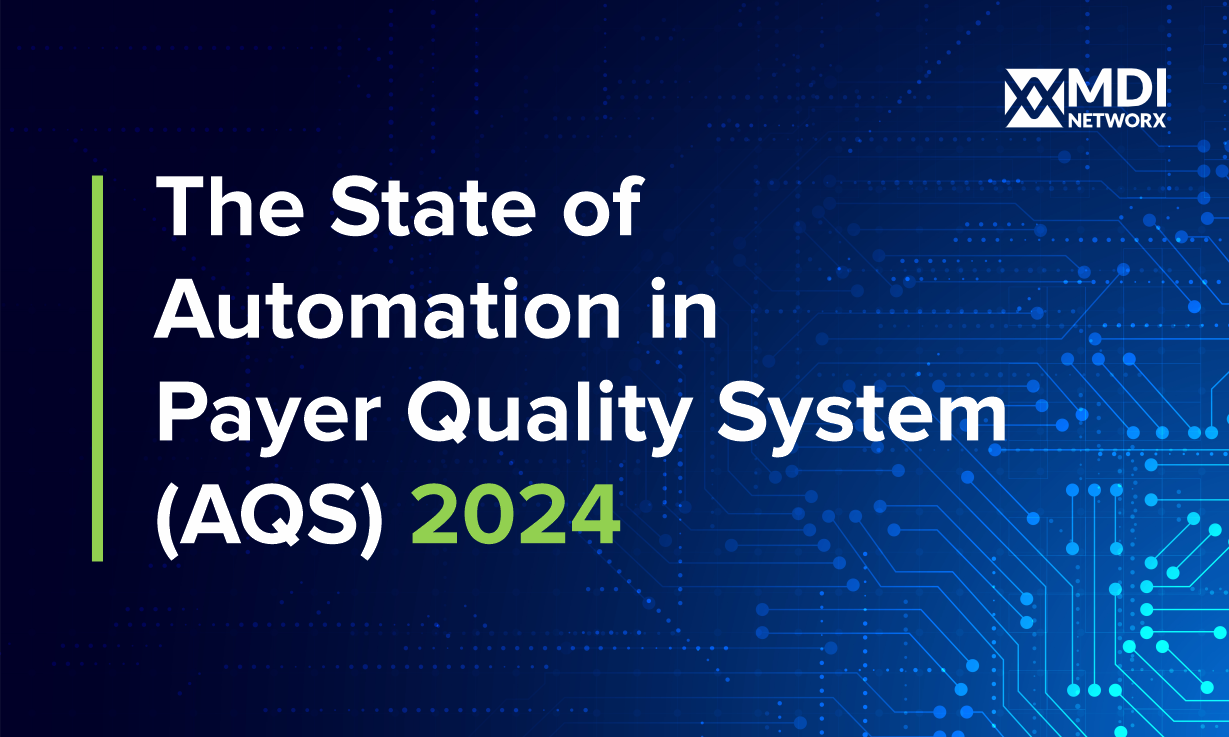Medicare is considered one of the most critical covers in health management, where organizations strive to meet the diverse needs of their members. However, stark differences between individual membership and employee-sponsored plans necessitate different strategies to achieve growth. These varied member segments place significant pressure on healthcare decision-makers to find ways to improve enrollment efficiency.
To meet these challenges, the enrollment process must be lean and efficient—something that can only be accomplished by utilizing data-driven insights and emerging technologies like AI and automation. This blog explores how healthcare executives can leverage these tools to enhance Medicare enrollment for both individual members and employee-sponsored plans.
The Power of Data Insights in Optimizing Enrollment
The use of data is a critical factor distinguishing successful Medicare enrollment strategies from stagnant ones. Data insights allow organizations to segment and target individual members and employee-sponsored plans based on demographics, behaviors, and specific needs.
For healthcare payers, enrollments may need to be more customized for individual members, as they typically require more attention and support. Advanced data analytics enable payers to provide experiences that are better suited to individuals' needs, through targeted outreach and enhanced communication. This approach improves enrollment conversion rates, leading to higher member satisfaction.
In contrast, employee-sponsored plans involve a group-focused strategy, where the employer plays a vital role in facilitating the enrollment process. Here, the key challenge lies in ensuring smooth coordination between the employer, the payer, and the individual member. Data insights can streamline this process, ensuring that all parties are informed at the right time and enhancing overall enrollment efficiency.
AI and Automation: Revolutionizing Medicare Enrollment
AI and automation are revolutionizing how healthcare organizations manage Medicare enrollment. These technologies reduce the manual effort required to process and segment enrollment applications, speeding up the process and minimizing errors.
For individual members, AI can provide personalized recommendations based on health history and preferences, helping them choose the ideal plan. AI-optimized advisory systems—such as chatbots and automated customer service platforms—offer round-the-clock support, ensuring timely enrollment without delays.
In employee-sponsored plans, automation tools can simplify the process for both employers and employees. Automated workflows ensure that all necessary documentation and approvals are handled efficiently, easing the administrative burden on HR departments and healthcare institutions. A smooth and efficient enrollment process improves the overall experience, driving higher participation rates and reducing operational costs.
Successful Segmentation: Individual vs. Employee-Sponsored Plans
The segmentation of Medicare plans into individual and employee-sponsored categories allows healthcare payers to fine-tune their strategies for maximum impact.
For individual plans, personalized outreach is crucial. By analyzing data trends, healthcare providers can identify the specific concerns of different demographic groups based on factors such as age, health status, and geographic location. Providers can then offer plans that best fit the needs of these targeted personas.
Employee-sponsored plans, however, require a more nuanced approach. Success depends on ensuring that employers have all the tools and information needed to facilitate the enrollment process for their employees. Streamlined communication between payers and employers ensures a seamless process, benefiting both the organization and the employee.
Looking Ahead: Medicare Enrollment Trends
As the healthcare industry evolves, trends in Medicare enrollment are reshaping the strategies used by decision-makers. AI and data analytics will continue to play an important role in enhancing both individual and employee-sponsored enrollment outcomes. Decision-makers must stay ahead by constantly refining their processes and leveraging the latest technologies.
By focusing on the needs of both individual members and employee-sponsored groups, healthcare leaders can develop forward-thinking strategies that not only increase enrollment but also enhance the overall member experience.
Conclusion
Medicare enrollment strategies are evolving rapidly, and the distinction between individual and employee-sponsored plans has never been more crucial. By embracing data insights and advanced technologies like AI and automation, healthcare decision-makers can ensure an efficient enrollment process that meets the needs of all members.
The future of Medicare enrollment lies in the ability to combine personalized outreach with automated processes, delivering an experience that benefits both individual members and larger employee-sponsored groups. For healthcare organizations looking to stay ahead of these trends, there is much at stake in terms of long-term growth and member satisfaction.




